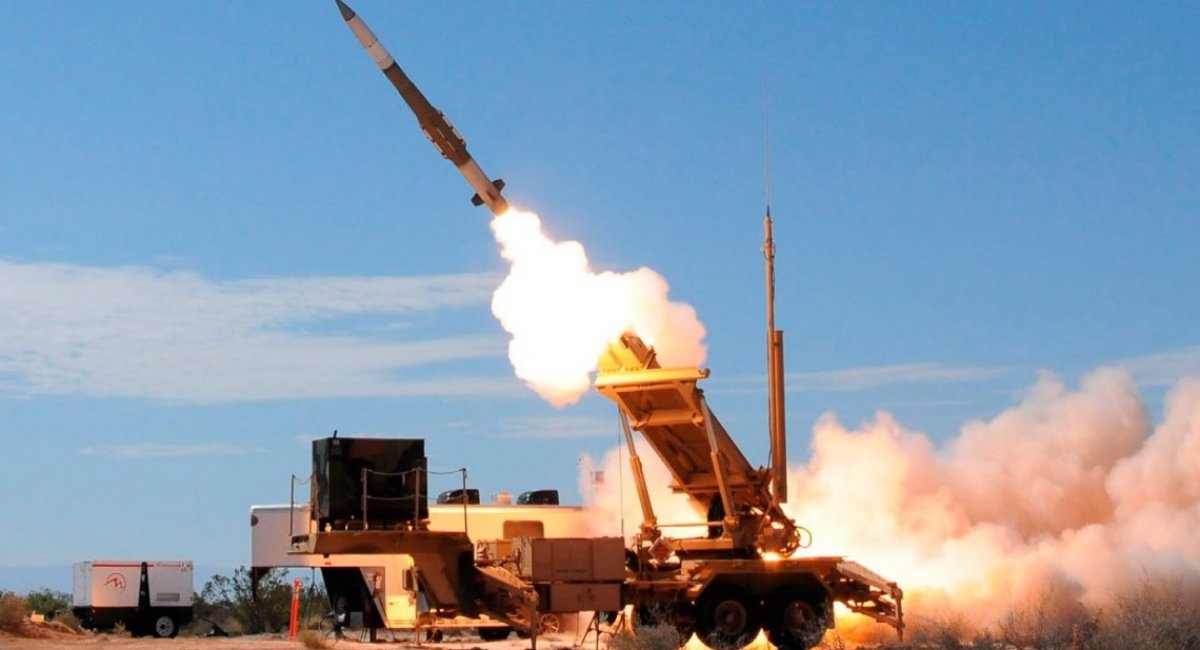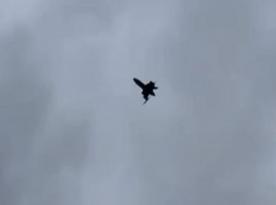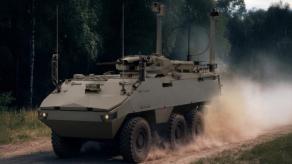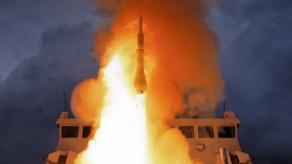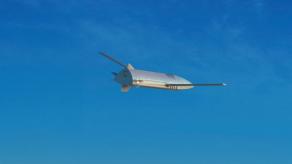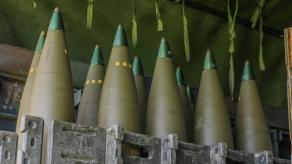The American defense giant Boeing has effectively disclosed how many MSE interceptors primarily intended to shoot down ballistic missiles will be produced by 2030.
Although Boeing is not the final manufacturer of the MSE, the company is responsible for producing one of the missile's key components: the active radar seeker head. According to Boeing, it will produce more than 3,000 seeker heads by 2030, which will be supplied to the final manufacturer, Lockheed Martin.
Read more: UK Defense Intelligence: russia's Daily Casualties Top 1,000 Again Amid Renewed Fighting
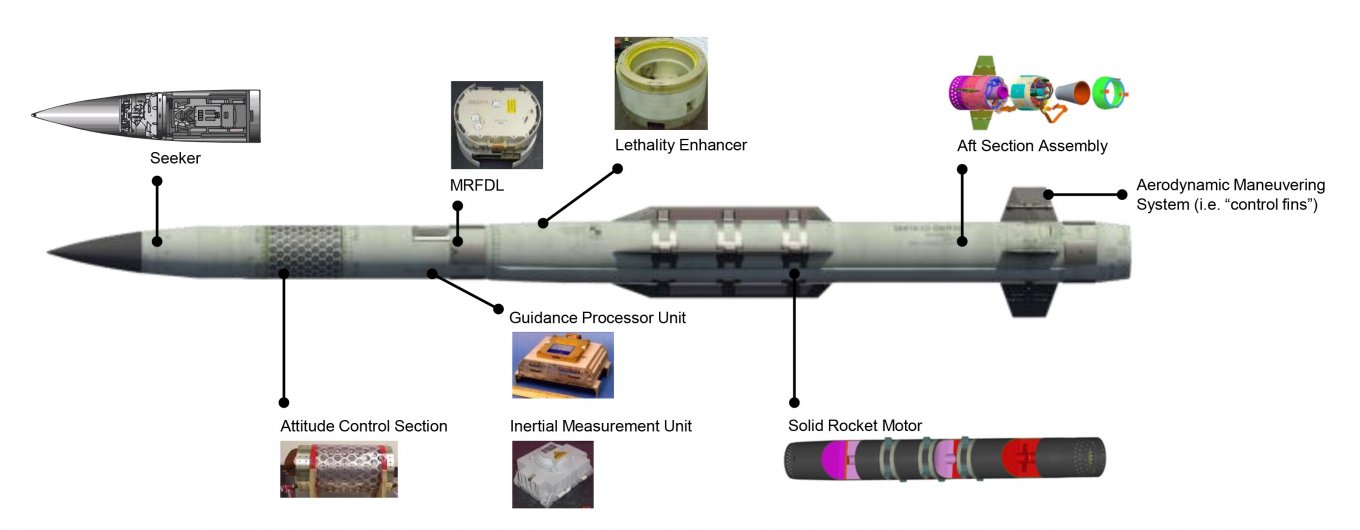
Production of that many seeker heads is already locked into several long-term contracts worth about $2.7 billion. That directly implies that around 3,000 MSE interceptors should be built by 2030, because no one else manufactures this component.
Boeing also revealed its 2025 production figure for seeker heads 650–700 units a record output for the company. Going forward, the annual production rate is expected to average about 750 seeker heads per year.
That quantity aligns with Lockheed Martin's plan to reach an MSE production rate of 750 missiles per year by 2027, which appears to be the target for subsequent years as well.
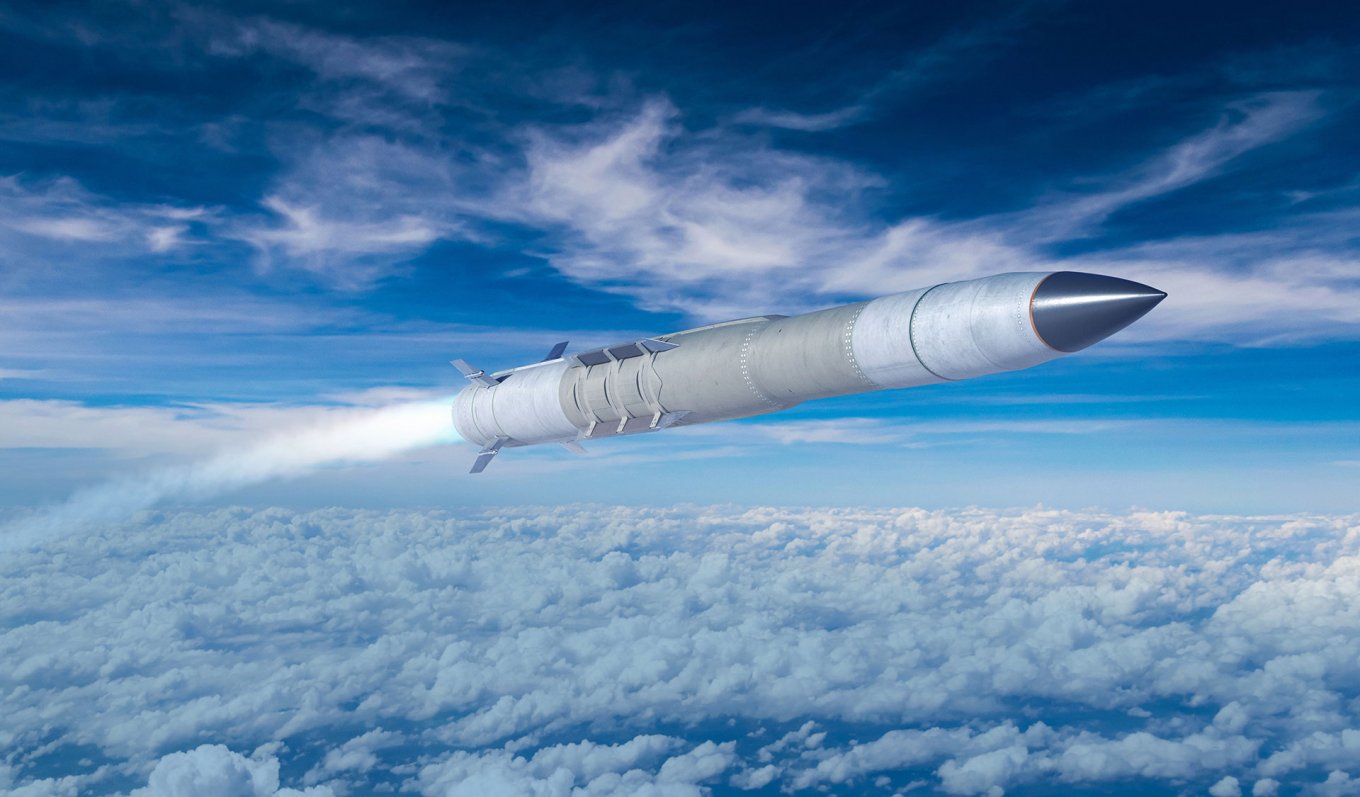
To reach these figures, Boeing expanded production lines and constructed a new 3,250-square-meter manufacturing facility. For context, since 2000 more than 6,000 of these interceptors have been produced in total, meaning the previous average annual production rate was under 240 missiles per year.
However, 750 MSE interceptors per year does not equate to 750 enemy ballistic missiles shot down. The typical peacetime usage rate for MSE against a ballistic target is two interceptors per target. In some cases, up to four interceptors may be expended on a single ballistic missile; the U.S. can afford that margin. So, 750 MSEs a year would equate to roughly 375 intercepted ballistic missiles under typical load assumptions.
It’s also worth noting that the produced MSEs are distributed among all Patriot operators, now numbering 17 countries, including the United States, which fields 60 batteries and plans to increase that number. As for cost, the most recent known contract for U.S. forces covers 1,970 MSEs at a total of $9.8 billion approximately $4.97 million per MSE.
Read more: France Proves Impossible — Warship Shoots Down Air-To-Air Missile Mid-Flight




